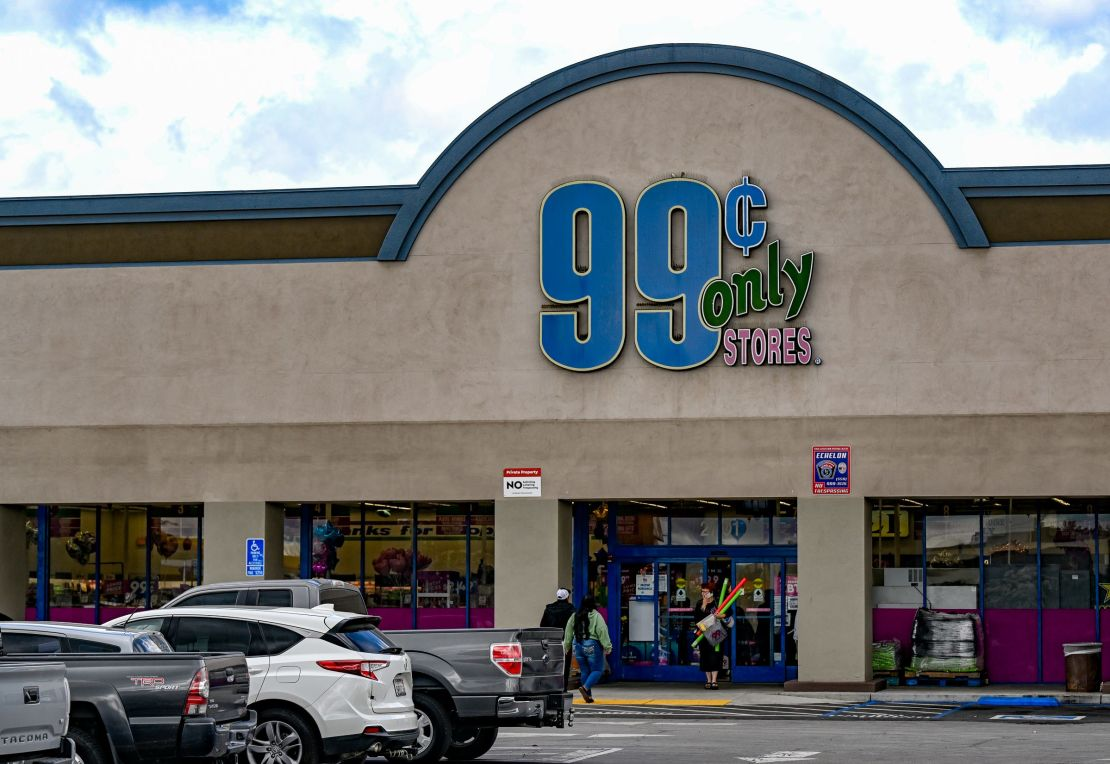
Two large US dollar chain stores are currently facing difficulties. Recently, Family Dollar announced the closure of nearly 1000 stores, while 99 Cents Only announced its closure. Both companies point out that inflation and in store theft are one of the factors that have led them into trouble. Although inflation has increased the economic pressure on low-income customers of these companies, and in store theft has squeezed their profits, this is not the only reason for operational difficulties.
Firstly, retail analysts point out that strategic mistakes and insufficient investment have been troubling Family Dollar and 99 Cents Only for many years. Both brands have been acquired by other companies and have struggled under the leadership of new management. Family Dollar has approximately 8000 stores, mostly concentrated in urban areas. Since acquiring the chain store for $8.5 billion in 2015, the brand has been in a difficult situation. Dollar Tree initially believed that acquiring Family Dollar would help compete with larger competitors, but it later proved that this decision was not necessarily correct. In a recent report released to clients, Neil Sanders, Managing Director of GlobalData, pointed out that "Since the failed acquisition, Family Dollar has brought a series of troubles to Dollar Tree. In fact, nearly a decade has passed and Dollar Tree is still dealing with this inherited mess, which has yet to fully turn the tide." The 99 Cents Only chain store located on the West Coast and Texas is also facing similar mistakes, including problems such as store size and low operational efficiency.
Secondly, the predicament of Family Dollar can be traced back more than a decade ago. Analysts say that the company has been plagued by a chaotic store layout, high prices, and excessive expansion. Kelly Bania, retail analyst at BMO Capital Markets, said, "As we all know, Family Dollar faces more severe challenges. In the past year or two, they have seriously underinvested in their storefront infrastructure." Most of Dollar Tree's stores are located in the suburbs, providing party supplies and small commodities to middle-income consumers. Later, they acquired Family Dollar, hoping to develop together with low-income customers in urban and rural areas. However, the merged company attempted to expand its customer base, reduce costs, and resist large retailers such as Dollar General, mainly located in rural areas, through collaboration. However, analysts believe that the integration between these two different chain stores is not appropriate.
Although Family Dollar has renovated thousands of stores in recent years, many of them are still poorly maintained. This year, Family Dollar was fined a record breaking $41.6 million by the Department of Justice for violating product safety standards, for selling products stored in a warehouse infested with mice. At present, the situation of the Family Dollar store is worse than expected by the Dollar Tree management, and early strategies to improve sales such as selling beer have not been implemented.
As for 99 Cents Only, the company claims that its bankruptcy filing is due to "significant and persistent challenges in the retail industry over the past few years," including the pandemic, inflation, and an increase in in in store theft. But in fact, the chain store has not been profitable since 2015. The company has over 370 stores in California, Nevada, Arizona, and Texas, of which 265 are located in California. In 2011, the company achieved privatization through a leveraged acquisition of $1.6 billion and assumed more debt in the following years to maintain operations. However, 99 Cents Only is difficult to keep pace with larger competitors such as Wal Mart, Costco and Dollar General, and has been losing money every year since 2016. Despite the continuous expansion of competitors, 99 Cents Only's high debt burden prevents it from investing in improving its stores, supply chain, or digital strategy.
Overall, the current $1 store model in the United States is facing significant challenges. In addition to rising costs and declining consumer purchasing power, many communities are also beginning to shift their attitudes towards these low-cost chain stores. With the cooling of the labor market, tightening of credit channels, and continuous price increases, consumers have become increasingly sensitive to discount stores, which has had a huge impact on them.

A medieval tower under renovation in the center of Rome, the capital of Italy, partially collapsed on Monday (November 3rd), injuring four workers.
A medieval tower under renovation in the center of Rome, th…
The Trump administration in the United States will use emer…
Not long ago, Russian President Putin disclosed a major pie…
In the United States, a government shutdown drama that can …
Recently, according to the Financial Times, British adverti…
As November 5th approaches, the U.S. government shutdown wi…